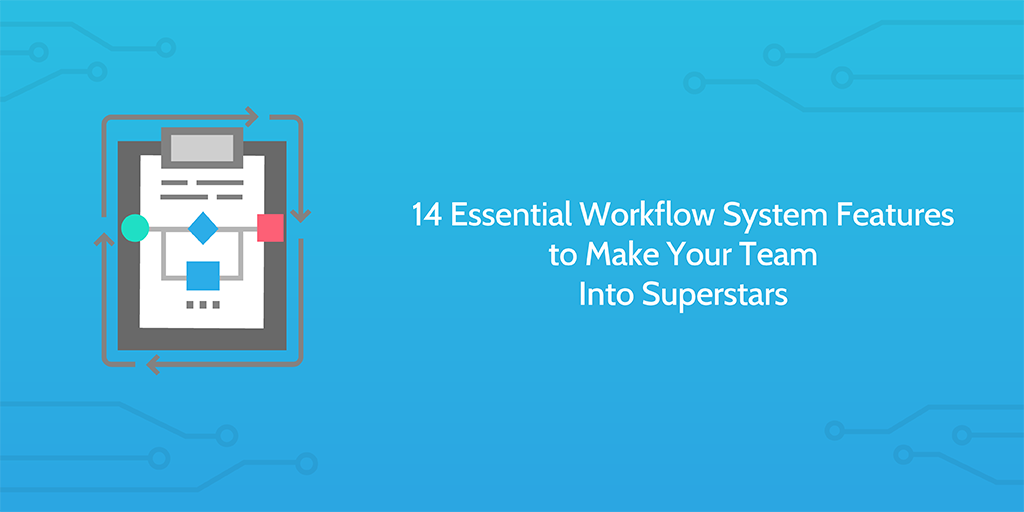 Building a solid product strategy is often thought of as a complex challenge and many companies fail to approach it systematically.
Building a solid product strategy is often thought of as a complex challenge and many companies fail to approach it systematically.
Other teams sometimes operate with a lean methodology and think this excuses them from developing a strong product strategy to guide development.
It doesn’t.
A solid product strategy is an important part of building a functional and coherent product and it shouldn’t be overlooked.
In this Process Street article, we will avoid long explanations and unnecessary detail, cutting straight to the point to give you a clear and actionable understanding of product strategy.
And we have provided an actionable product strategy template you can use in your business!










 As we build businesses, we strive to make them successful in what they do and efficient in the way they carry that out.
As we build businesses, we strive to make them successful in what they do and efficient in the way they carry that out.

 Whether you’re submitting a draft of an article for review, collating a report for senior management, or presenting a product design, you probably need someone to sign off on your work.
Whether you’re submitting a draft of an article for review, collating a report for senior management, or presenting a product design, you probably need someone to sign off on your work.
